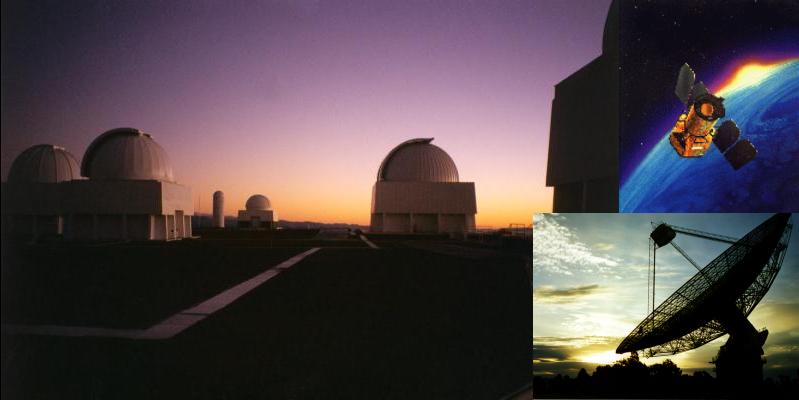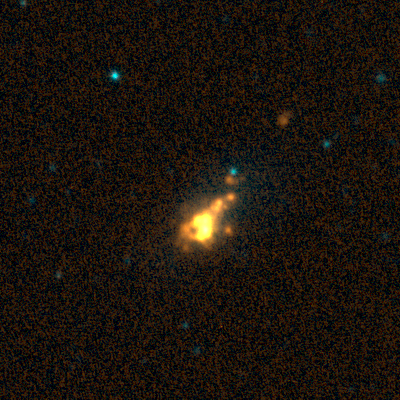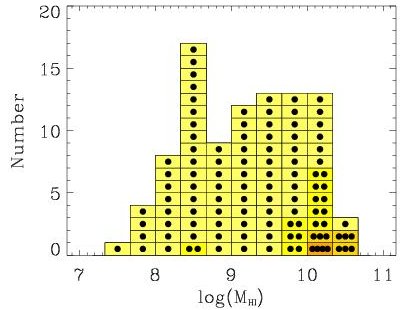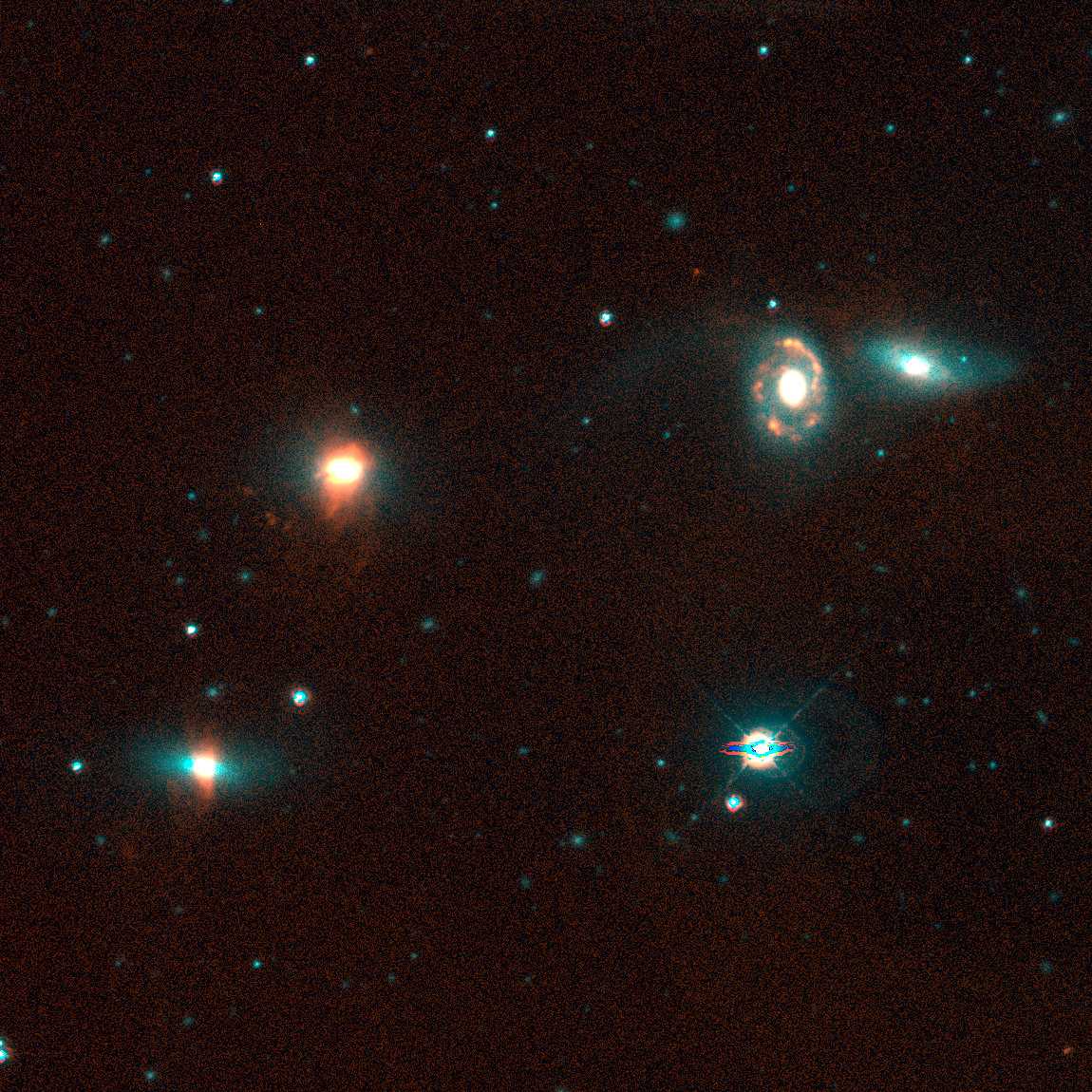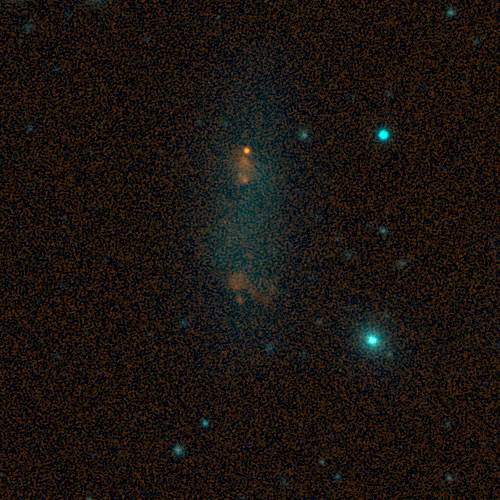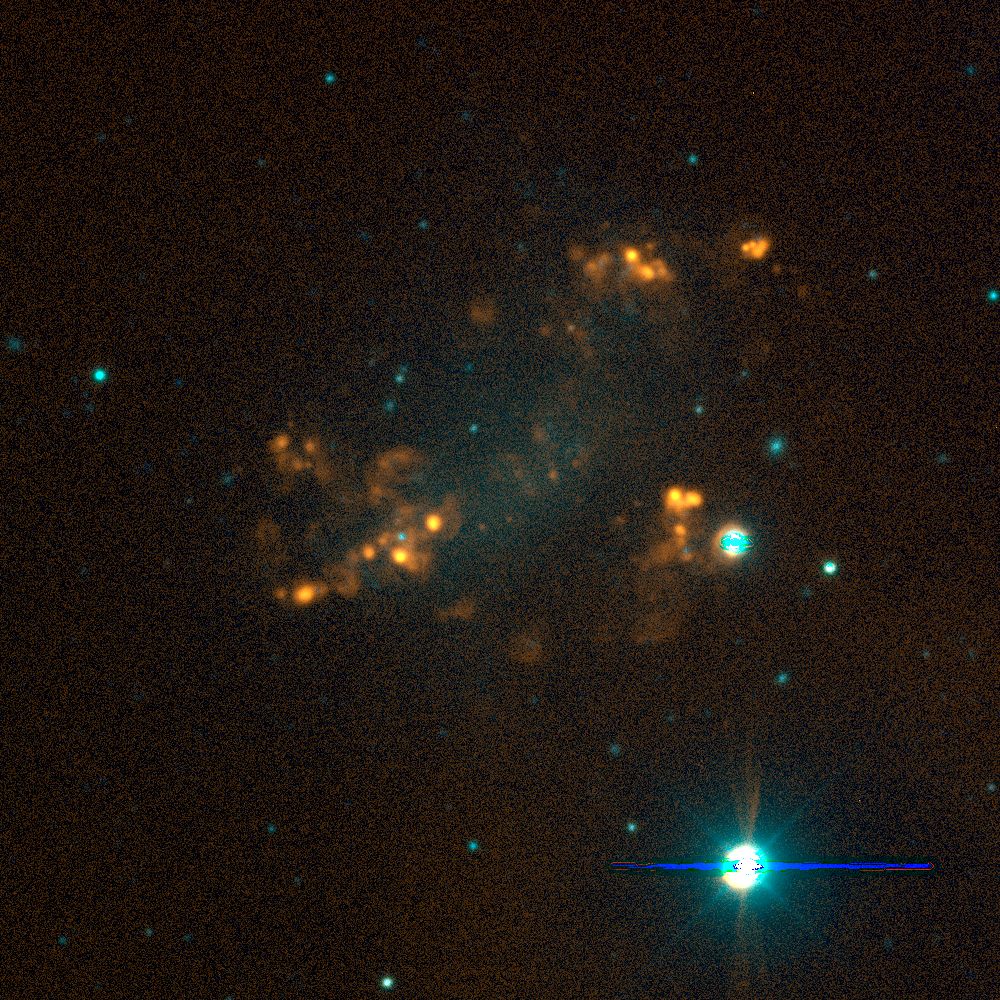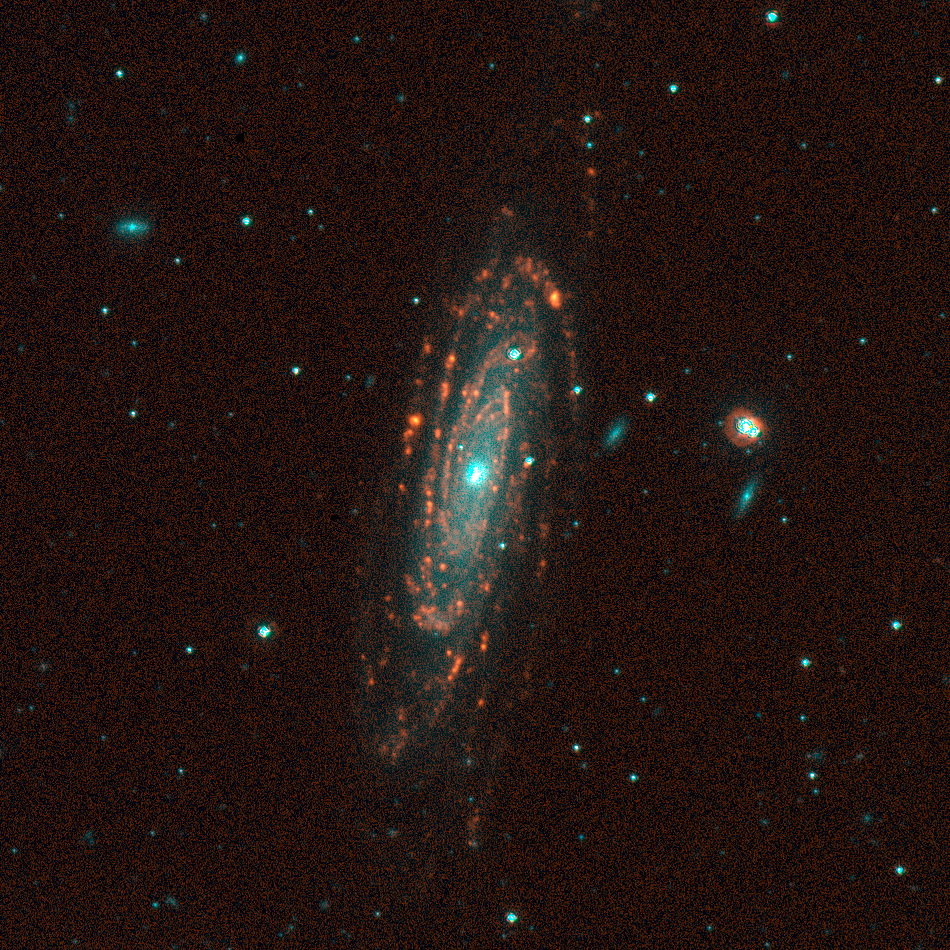Picking galaxies that contain neutral hydrogen (HI) turns out to be an excellant way to find those that are forming new stars. This is important because when surveying the evolution of the universe, astronomers must pick the star forming galaxies in a very inclusive manner. Star forming galaxies come in a wide range of shapes and sizes, and if the astronomer is not careful s/he may concentrate on one particular type of star forming galaxy which is easy to find, while missing out on less obvious ones which are still important.
The fuel for creating stars is the interstellar medium (ISM), and one of its key components is HI. The intent of the Survey for Ionization in Neutral Gas Galaxies (SINGG) is to survey the star formation in galaxies selected by HI, which is like looking for fire where you know the wood is. The "fire" is recognized by Hα emission which indicates the presence of hot young stars which ionize a portion of the ISM.
The selection and observations worked very well, we found star forming galaxies covering a wide range of morphologies, as shown by the example images below. Virtually all known types of star forming galaxies were found, including a rare collisional ring galaxy. Moreover, a companion study shows that when these galaxies are used to estimate the total star formation rate in the local universe, the result is close to what other researchers are finding. This means that HI selection does not miss much star formation, at least compared to other methods.
One surprising result is that none of the 93 HI targets in the initial analysis is dormant (see histogram below) - all contain at least one star forming galaxy, with some HI targets corresponding to multiple galaxies. The explanation probably lies in the gravitational stability of the ISM. If there is sufficient mass in ISM it becomes gravitationally unstable and this leads to star formation. The galaxies in this sample all have a few tens of millions of solar masses of HI. Apparently this much HI results in the formation of some new stars. Although in some cases the number of stars formed is rather small (a few dozen).
Paper reference: Meurer et al. 2006, "The Survey for Ionization in Neutral Gas Galaxies: I. Description and Initial Results", ApJS, Volume 165, Issue 1, pp. 307-337, astro-ph/0604444.
